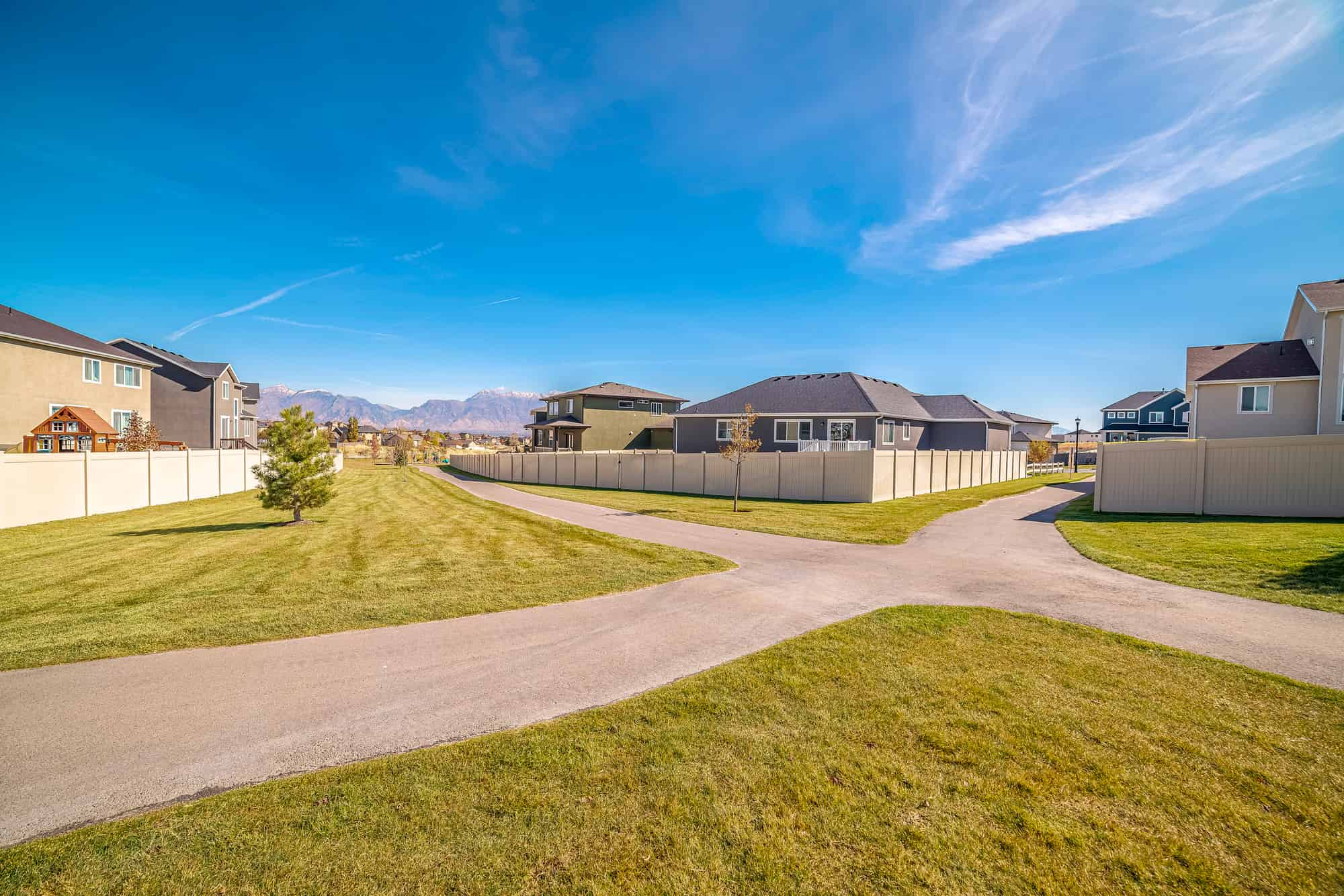

Articles
What Is An Easement Driveway
Modified: January 18, 2024
Learn all about easement driveways with helpful articles and guides. Find out what they are and how they can impact your property.
(Many of the links in this article redirect to a specific reviewed product. Your purchase of these products through affiliate links helps to generate commission for Storables.com, at no extra cost. Learn more)
Introduction
Welcome to the world of easement driveways! If you are a homeowner or a property owner, understanding easement driveways is crucial for ensuring smooth access to your property and maintaining good neighborly relations. In this article, we will delve into the intricacies of easement driveways, from their definition and types to their benefits and considerations.
An easement driveway is a legal right granted to a person or entity that allows them to access a property through another person’s land. It is a shared driveway that often serves multiple properties, providing a common entry point for homeowners or occupants. Easement driveways are typically established through formal agreements or through the legal documentation of the property. While they may seem complex, easement driveways play a vital role in ensuring convenient access to properties that would otherwise face logistical challenges.
Easement driveways come in various forms, depending on the nature of the properties they serve and the specific arrangements between property owners. Understanding the different types of easement driveways will help you navigate the terrain and make informed decisions when it comes to your own property.
Easement driveways offer several benefits to property owners. Firstly, they provide a convenient and designated entry point, eliminating the need for homeowners to navigate through neighboring properties. This ensures privacy and ease of access, especially in densely populated areas or communities with strict land-use regulations. Secondly, easement driveways often result in cost-sharing among property owners, as the maintenance and upkeep expenses are distributed amongst the users. This can be financially beneficial, particularly for those on a tight budget or in situations where individual driveways may not be feasible.
Key Takeaways:
- Easement driveways provide convenient access, cost-sharing benefits, and space efficiency for property owners. Understanding legal rights, maintenance responsibilities, and property value implications is crucial for a harmonious and mutually beneficial arrangement.
- Regular inspections, prompt repairs, clear communication, and proper documentation are essential for maintaining an easement driveway. Property owners should consider the impact on property value, access and convenience, and legal rights to ensure a smooth and practical shared pathway.
Definition of an Easement Driveway
An easement driveway is a legal arrangement that grants someone the right to use a portion of another person’s property for the purpose of accessing their own property. It is essentially an agreement that allows someone to cross over or travel through another person’s land to reach their own property.
Easement driveways are established through various means, including formal agreements, easement documents, or by court order. They are typically recorded in the property’s deed or title, ensuring that the rights and responsibilities associated with the easement are legally binding.
One key aspect of an easement driveway is that it involves two distinct properties: the dominant property and the servient property. The dominant property is the property that benefits from the easement, allowing its owner or occupants the right to use the easement driveway. The servient property, on the other hand, is the property through which the easement driveway passes.
It’s important to note that an easement driveway does not grant ownership of the land. The servient property owner still maintains ownership of the land, but they are obligated to allow the owners of the dominant property to access their own property using the designated easement driveway.
Easement driveways can vary in size and configuration. They can be narrow roads, pathways, or even a shared driveway that connects multiple properties. The specifics of the easement driveway will depend on the unique circumstances and agreements between the property owners involved.
It’s also worth mentioning that easement driveways can exist for various purposes. They can serve as access points to private residences, commercial properties, agricultural land, or recreational areas. The purpose of the easement driveway is typically outlined in the legal documentation that establishes the easement.
Overall, an easement driveway is a legal arrangement that allows property owners to access their properties by crossing or utilizing another person’s land. It provides a practical solution to ensure convenient access while respecting the rights and boundaries of both the dominant and servient property owners.
Types of Easement Driveways
Easement driveways come in various types, each designed to cater to different property configurations and access needs. Understanding the different types of easement driveways can help property owners choose the most suitable option for their specific situation. Here are some common types of easement driveways:
- Shared Driveway: A shared driveway is perhaps the most common type of easement driveway. It involves two or more neighboring properties sharing a single driveway for access. Shared driveways can be beneficial for properties located in densely populated areas or subdivisions with limited space for individual driveways.
- Private Right-of-Way: A private right-of-way easement allows an individual or property owner to pass over another person’s land to access their own property. Private right-of-way easement driveways are typically narrower, providing a designated pathway for the property owner to travel through.
- Public Right-of-Way: A public right-of-way easement is granted by a government entity, allowing the general public to access certain areas or properties. This type of easement driveway is commonly seen in public roads, streets, or alleys that provide access to multiple properties. Maintaining and repairing public right-of-way easement driveways is the responsibility of the municipality or governing authority.
- Pedestrian Easement: A pedestrian easement allows for the passage of individuals on foot. It can be a pathway or walkway that connects properties, providing a convenient and safe means of travel between them.
- Agricultural Easement: An agricultural easement driveway is designed to provide access to agricultural land or farm properties. This type of easement driveway allows for the passage of farm equipment, vehicles, and livestock.
- Emergency Access Easement: An emergency access easement driveway is specifically designated for emergency vehicles to ensure prompt response in case of emergencies. This type of easement driveway typically has clear signage and may have gates or barriers to control access.
It’s worth noting that the specific terms and conditions of the easement, including the width, restrictions, and maintenance responsibilities, should be clearly defined in the legal documentation establishing the easement. This helps avoid any confusion or disputes among the property owners involved.
When choosing the type of easement driveway, it’s important to consider the specific needs of the properties involved and ensure that the chosen type is compatible with local regulations and zoning requirements. Consulting with legal professionals or property experts can be helpful in understanding the implications and requirements associated with each type of easement driveway.
Benefits of Having an Easement Driveway
Having an easement driveway can provide several benefits to property owners, making it a valuable arrangement for convenient access and shared responsibilities. Here are some key benefits of having an easement driveway:
- Convenient Access: One of the primary benefits of an easement driveway is the convenience it offers in accessing a property. Instead of relying on alternative routes or trespassing on neighboring properties, an easement driveway provides a designated and legal pathway for property owners to reach their own land. This convenience becomes particularly important in areas with limited road access or where individual driveways are not feasible.
- Cost-Sharing: Share the expenses! Easement driveways often result in cost-sharing among property owners. Since multiple properties utilize the same driveway, the maintenance and upkeep costs can be distributed amongst the users. This can significantly reduce the financial burden on individual property owners, especially in terms of repairs, snow removal, paving, or other maintenance tasks.
- Space Efficiency: By utilizing a shared easement driveway, property owners can maximize the available space on their land. This is particularly beneficial in situations where space is limited or when constructing individual driveways would result in a loss of usable area. Easement driveways allow for efficient land use and can create a more spacious and aesthetically pleasing environment for all properties involved.
- Privacy and Security: Easement driveways promote privacy and security for property owners. By having a designated entry point, homeowners can minimize the intrusion on their neighboring properties and ensure a higher level of privacy. Additionally, the shared nature of the driveway often means that there are more people using and monitoring the area, which can contribute to a safer environment.
- Community Connection: Easement driveways can foster a sense of community among property owners sharing the common pathway. It provides an opportunity for neighbors to interact, collaborate on maintenance tasks, and build relationships. This can create a stronger sense of community and help foster a harmonious neighborhood environment.
- Flexibility in Property Development: Easement driveways can offer flexibility when it comes to property development. By sharing a driveway, property owners may have more leeway in designing their properties and optimizing the use of the available space. This can be particularly useful for properties with unique topography or environmental constraints.
Having an easement driveway certainly comes with its advantages. However, it is essential for property owners to understand and abide by the legal rights and responsibilities associated with the easement. Open communication and cooperation between all parties involved can go a long way in ensuring a smooth and mutually beneficial arrangement.
Considerations for Easement Driveways
While easement driveways offer various benefits, there are several considerations that property owners should keep in mind before entering into an easement agreement. Understanding these considerations will help ensure a successful and harmonious arrangement. Here are some key factors to consider:
- Legal Documentation: Before establishing an easement driveway, it is crucial to have proper legal documentation in place. This includes clear and detailed easement agreements or documents that outline the rights and responsibilities of each party involved. It is recommended to consult with legal professionals to understand the legal implications of the easement and to ensure compliance with local laws and regulations.
- Maintenance Responsibilities: Clarify the maintenance responsibilities and costs associated with the easement driveway. Determine how the costs for repairs, snow removal, paving, and other maintenance tasks will be shared among the property owners utilizing the easement. Having a clear understanding of these responsibilities can prevent disputes and ensure timely upkeep of the shared driveway.
- Usage Restrictions: Consider any usage restrictions that may be imposed on the easement driveway. Some easement agreements may specify limitations on the types of vehicles that can use the driveway, the maximum number of vehicles allowed, or the hours during which the driveway can be used. Understanding and respecting these restrictions are important for the smooth functioning of the easement driveway.
- Access Rights and Parking: Determine the access rights and parking arrangements for each property owner using the easement driveway. Establish guidelines for parking spaces and ensure that there is adequate room for vehicles to maneuver within the driveway. It is important to consider the needs and requirements of each property owner to avoid conflicts related to parking and access.
- Clear Communication: Maintain open and clear communication with other property owners utilizing the easement driveway. Regularly discuss and address any concerns or issues that arise, such as damage to the driveway, safety precautions, or changes in usage. Establishing good communication channels can help foster a cooperative and collaborative relationship among the property owners.
- Future Development Plans: Consider how future development plans may impact the easement driveway. Discuss the potential impact of property expansions, landscaping, or construction projects on the shared driveway. This proactive approach can help determine if any modifications or adjustments to the easement need to be made to accommodate future development plans.
By carefully considering these factors and addressing them during the establishment and ongoing management of the easement driveway, property owners can ensure a smoother and more mutually beneficial arrangement. It is essential to approach easement driveways with transparency, respect, and a willingness to work together for the benefit of all parties involved.
When considering an easement driveway, be sure to thoroughly review the terms and conditions of the easement agreement, including any restrictions or limitations on use, maintenance responsibilities, and potential future changes to the easement.
Read more: What Is An Asphalt Driveway
Legal Rights and Responsibilities
When it comes to easement driveways, understanding the legal rights and responsibilities is crucial for all parties involved. Clarity on these aspects ensures a smooth and harmonious use of the easement driveway. Here are some key legal rights and responsibilities to consider:
- Access Rights: The dominant property owner, or the property owner benefiting from the easement, has the legal right to use the easement driveway to access their property. This right is typically granted through a legal agreement or easement document, which outlines the specific terms and conditions regarding the access rights.
- Right to Maintenance: Both the dominant and servient property owners have responsibilities when it comes to the maintenance of the easement driveway. While the specific division of maintenance duties may vary, generally, the servient property owner is responsible for ensuring the driveway remains in a reasonably safe and usable condition. The dominant property owner may also have a shared responsibility to contribute towards the maintenance and repair costs of the driveway.
- Usage Restrictions: The easement agreement may impose certain usage restrictions on the easement driveway. These restrictions can include limitations on the types of vehicles permitted, the number of vehicles allowed, or the hours during which the driveway can be used. Compliance with these restrictions is important for the smooth functioning and safety of the easement driveway.
- Respecting Boundaries: Both the dominant and servient property owners have an obligation to respect each other’s boundaries. The dominant property owner should use the easement driveway solely for the purpose of accessing their property and should not infringe on the rights or enjoyment of the servient property owner. Similarly, the servient property owner should allow reasonable access through the easement driveway without hindrance or obstruction.
- Liability and Insurance: The servient property owner may have liability for any accidents or injuries that occur on the easement driveway, as they are the legal owner of the land. It is advisable for both parties to have appropriate liability insurance coverage to mitigate potential risks. Consult with an insurance professional to ensure you have adequate coverage for any liabilities arising from the easement driveway.
- Alterations and Modifications: The dominant property owner generally cannot make significant alterations or modifications to the easement driveway without the consent of the servient property owner. Any modifications to the driveway, such as widening or changing the route, may require a formal agreement or a modification to the existing easement documentation.
It is essential for both property owners to clearly understand their legal rights and responsibilities to avoid misunderstandings or conflicts. Consulting with legal professionals and reviewing the easement agreement can provide valuable insights into the specific legal obligations associated with the easement driveway.
By adhering to these legal rights and responsibilities, property owners can ensure a mutually beneficial and respectful use of the easement driveway, fostering a positive relationship and minimizing potential disputes in the future.
Maintaining an Easement Driveway
Maintaining an easement driveway is crucial for ensuring its longevity, usability, and the overall satisfaction of all parties involved. Proper maintenance can help prevent damage, ensure safety, and minimize disputes. Here are some key considerations for maintaining an easement driveway:
- Regular Inspections: Regularly inspect the easement driveway for any signs of damage, wear and tear, or potential hazards. This includes inspecting the surface condition, drainage, signage, and any vegetation that may impede access. Early identification of issues allows for timely repairs or maintenance to prevent further deterioration.
- Repairing Damage: Promptly address any damages to the easement driveway to prevent further deterioration. This may include repairing potholes, cracks, or uneven surfaces. Engage a professional contractor experienced in driveway repairs to ensure proper and long-lasting repairs.
- Snow and Ice Removal: In areas with winter weather conditions, it is important to establish a snow and ice removal plan for the easement driveway. Determine who is responsible for clearing snow and ice and ensure it is done promptly to maintain safe passage for all users.
- Vegetation Management: Ensure vegetation, such as trees, shrubs, or overgrown grass, is properly maintained along the easement driveway. Trim branches or foliage that may obstruct the driveway or pose a hazard to vehicles or pedestrians. Be mindful of any local regulations or permits required for vegetation management.
- Drainage Maintenance: Adequate drainage is vital for the longevity of the easement driveway. Ensure that drainage channels, gutters, or culverts are clear of debris and functioning properly. Clogged or inefficient drainage can lead to water accumulation, which can cause damage to the driveway surface over time.
- Clear Communication: Establish clear communication channels among all property owners utilizing the easement driveway. Encourage open dialogue regarding maintenance concerns, repairs, or other issues. Regularly discuss and agree upon maintenance responsibilities, costs, and timelines to avoid any misunderstandings.
- Shared Maintenance Costs: Determine how maintenance costs will be shared among the property owners utilizing the easement driveway. This can include expenses related to repairs, snow removal, vegetation management, or other maintenance tasks. It is important to agree upon a fair and equitable method of cost-sharing to ensure transparency and prevent any disputes.
- Documentation and Record-Keeping: Maintain proper documentation and records of any maintenance or repairs conducted on the easement driveway. This includes receipts, contracts, photographs, or any other relevant information. These records can serve as evidence of upkeep and can be helpful in case of disputes or future property transactions.
Maintaining an easement driveway requires cooperation, proactive planning, and regular attention. By following these considerations and working together with other property owners, you can ensure that the easement driveway remains in good condition, providing safe and convenient access for everyone involved.
Easement Driveways and Property Value
Easement driveways can have an impact on the value of a property. Understanding this impact is crucial for property owners, whether they are considering purchasing a property with an existing easement driveway or contemplating creating an easement driveway on their property. Here are some key considerations regarding easement driveways and property value:
1. Access and Convenience: Easement driveways can enhance the value of a property by providing convenient and reliable access. Properties that have a designated easement driveway often appeal to potential buyers who prioritize ease of access, especially in areas with limited road access or congested streets. A well-maintained and well-designed easement driveway can be an attractive feature, enhancing the overall appeal and value of a property.
2. Cost-Sharing Benefits: Shared maintenance and upkeep expenses are a significant advantage of having an easement driveway. The cost-sharing aspect can make a property more financially feasible and affordable, particularly for buyers who may be concerned about the expenses associated with private driveways. This can be an attractive selling point for properties with shared easement driveways, potentially increasing their appeal and value.
3. Restrictions and Limitations: Easement driveways may come with certain restrictions or limitations that could impact property value. For example, if there are usage restrictions or limitations on the types of vehicles allowed on the easement driveway, it may limit the potential uses of the property or inconvenience certain buyers. It’s important to consider these restrictions and how they align with the specific needs and preferences of potential buyers.
4. Property-Specific Considerations: The impact of an easement driveway on property value can also vary depending on the individual property and its unique circumstances. Factors such as location, surrounding amenities, property size, and market demand will influence how the easement driveway is perceived by potential buyers. It’s essential to evaluate how the easement driveway fits into the broader context of the property’s desirability and market value.
5. Legal Documentation and Disclosure: Proper documentation and disclosure of the easement driveway are essential when it comes to property value. Buyers need to have a clear understanding of the easement’s terms, conditions, and associated rights and responsibilities. Sellers should provide potential buyers with all relevant documents and disclose any known issues or disputes related to the easement driveway. Transparency and clarity in the legal aspects of the easement can help maintain or even enhance property value.
Overall, the impact of an easement driveway on property value will depend on various factors. While it can enhance convenience and affordability for some buyers, it’s essential to consider any accompanying restrictions and limitations. Consulting with real estate professionals and legal experts can provide valuable insights into the specific impact of an easement driveway on property value in your particular market and situation.
Conclusion
Easement driveways play a crucial role in providing convenient access to properties, ensuring shared responsibilities, and maintaining good neighborly relations. Understanding the intricacies of easement driveways is key for both property owners and potential buyers. Through this article, we have explored various aspects of easement driveways, from their definition and types to their benefits and considerations.
An easement driveway is a legal arrangement that grants someone the right to use a portion of another person’s property for the purpose of accessing their own property. Easement driveways come in different types, such as shared driveways, private or public right-of-way, pedestrian easements, agricultural easements, and emergency access easements. Each type serves a unique purpose and caters to specific property configurations and needs.
Having an easement driveway offers several benefits, including convenient access, cost-sharing, space efficiency, privacy and security, community connection, and flexibility in property development. However, it is important to consider the legal rights and responsibilities associated with easement driveways, ensuring clear communication, adherence to usage restrictions, and shared maintenance responsibilities.
Maintaining an easement driveway involves regular inspections, prompt repair of damages, snow and ice removal, vegetation management, proper drainage, and clear communication. By proactively addressing maintenance tasks and working together, property owners can ensure a well-maintained easement driveway that serves its purpose effectively.
When it comes to property value, easement driveways can have both positive and negative implications. Access and convenience, cost-sharing benefits, and proper documentation can enhance property value. However, restrictions and limitations associated with the easement driveway should be considered, along with property-specific factors and market demand, to accurately evaluate its impact on property value.
In conclusion, easement driveways are a valuable and practical solution for property owners seeking convenient access and shared responsibilities. By understanding the definition, types, benefits, considerations, and maintenance requirements, property owners can navigate the world of easement driveways with confidence and ensure a harmonious use of these shared pathways.
Frequently Asked Questions about What Is An Easement Driveway
Was this page helpful?
At Storables.com, we guarantee accurate and reliable information. Our content, validated by Expert Board Contributors, is crafted following stringent Editorial Policies. We're committed to providing you with well-researched, expert-backed insights for all your informational needs.

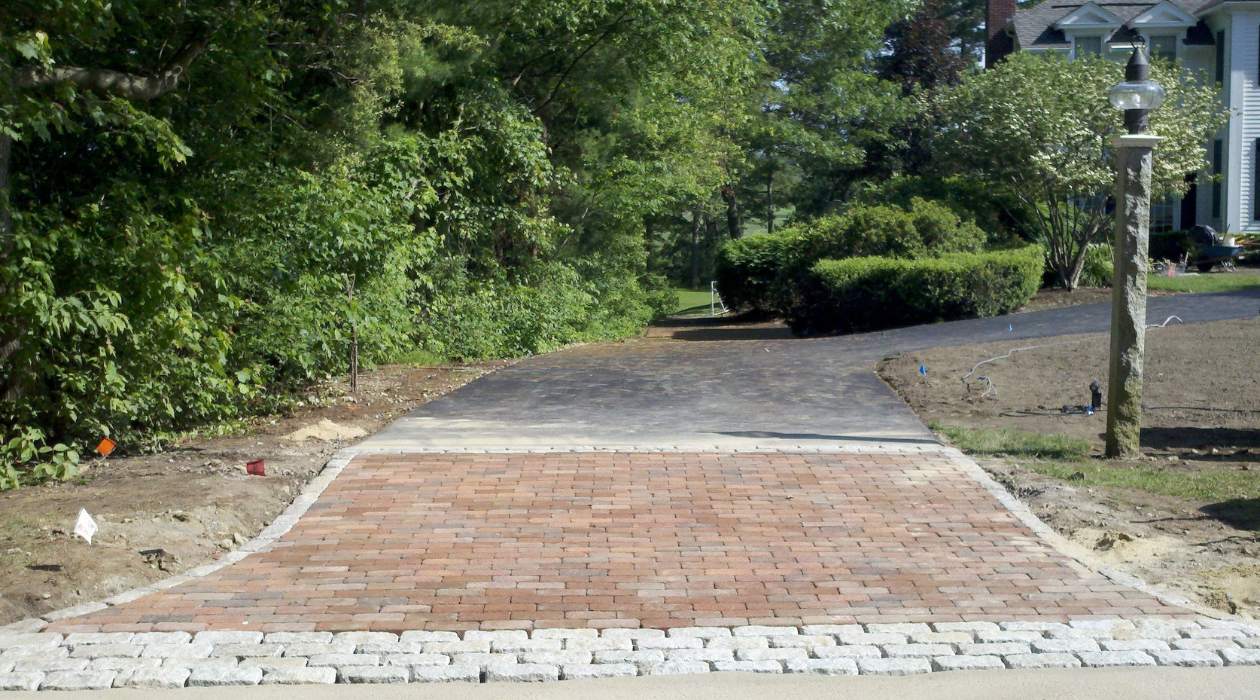
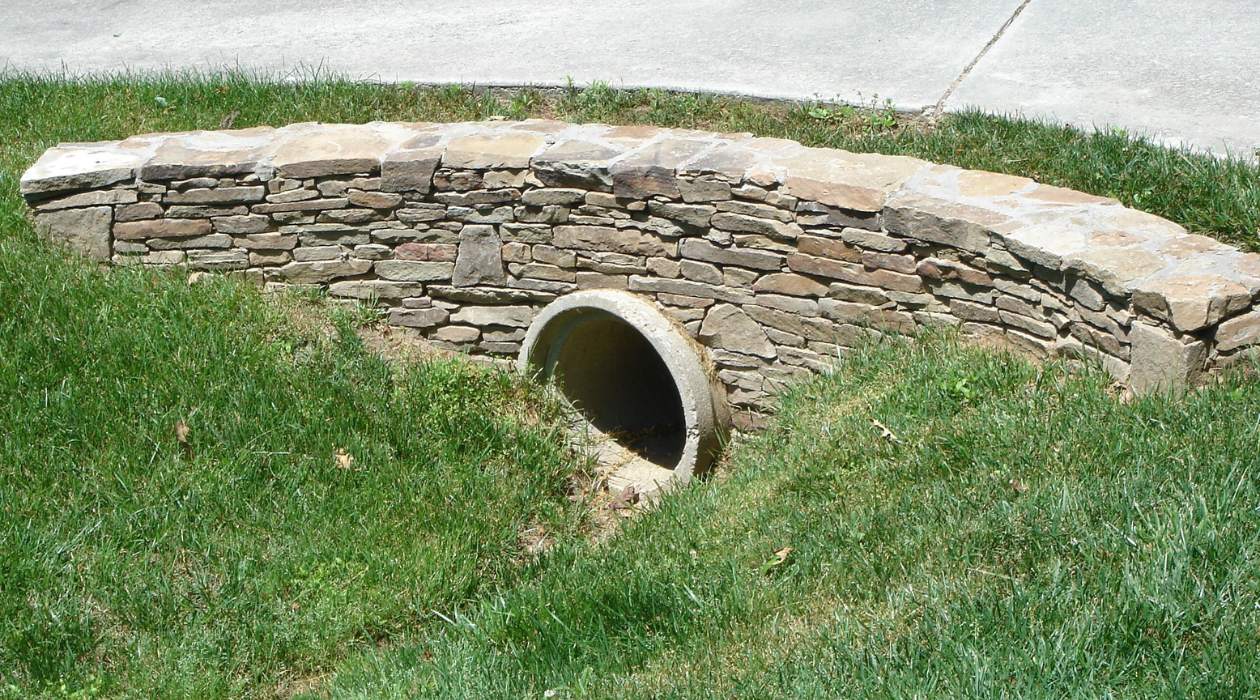

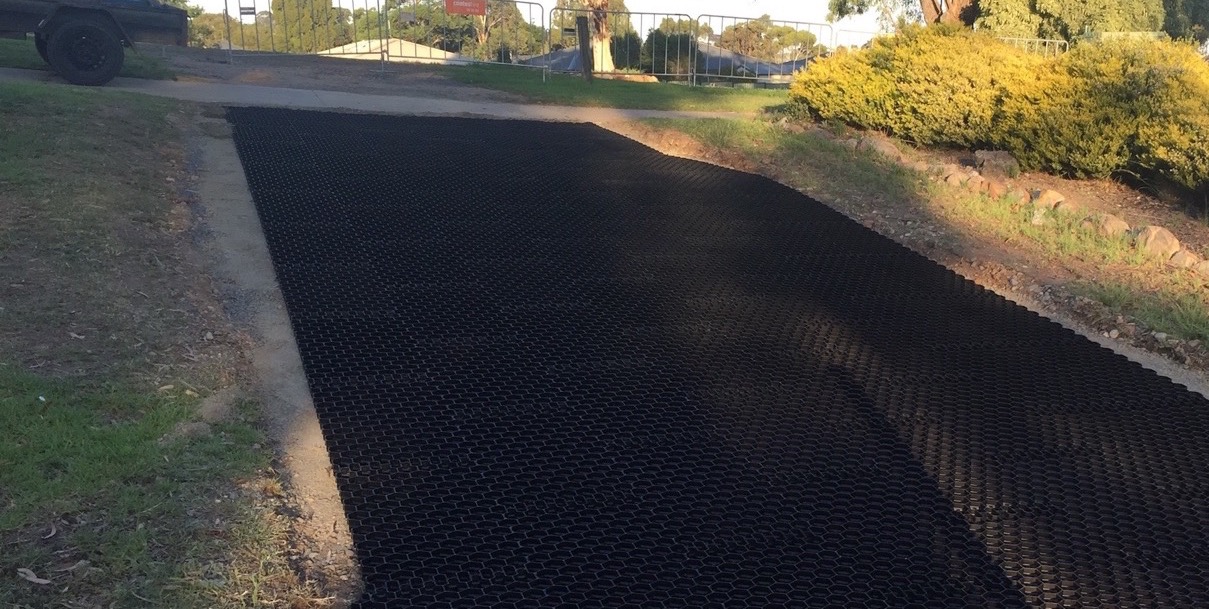



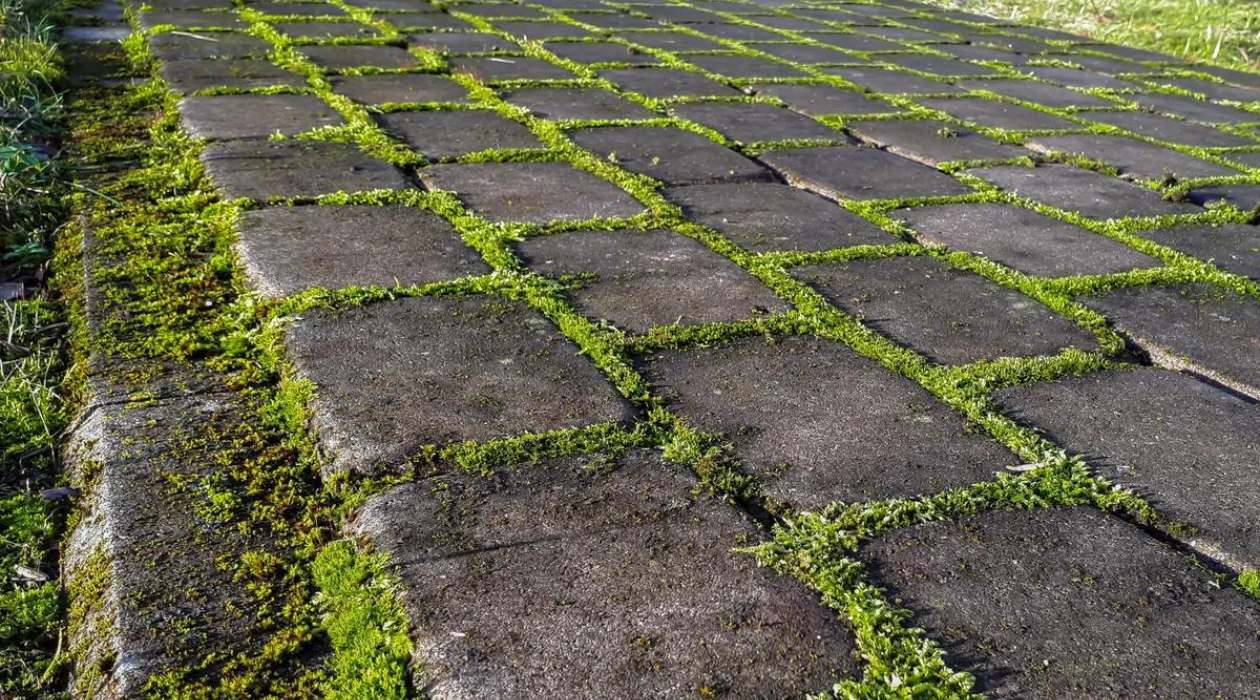
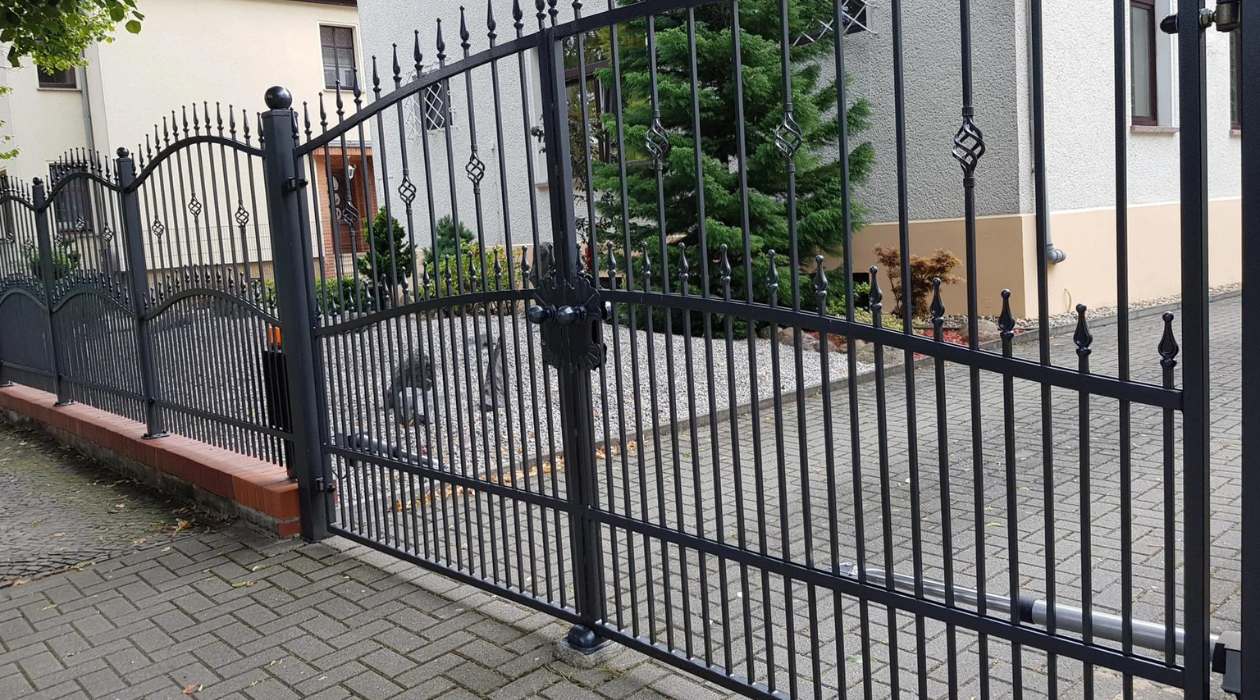

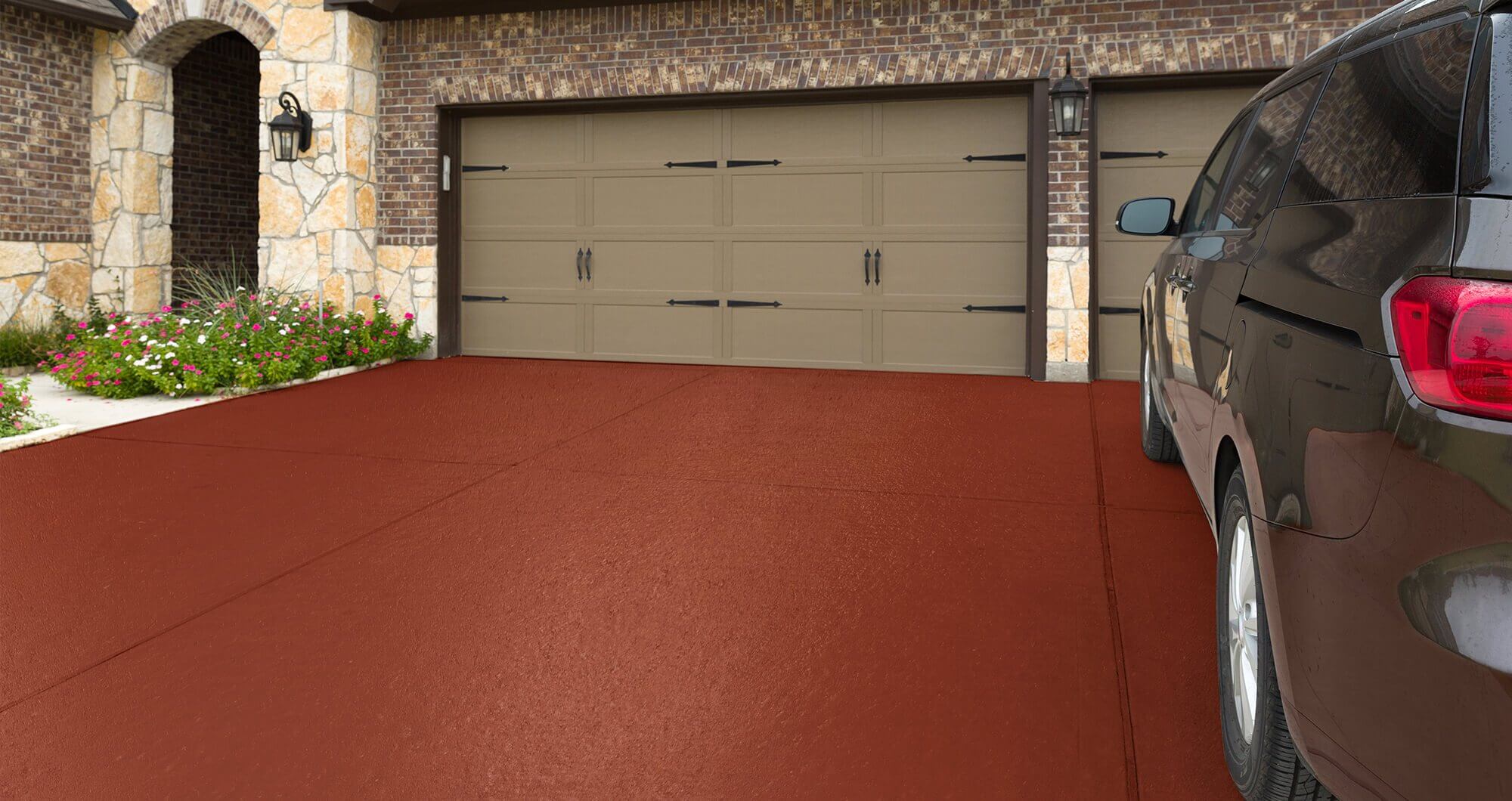
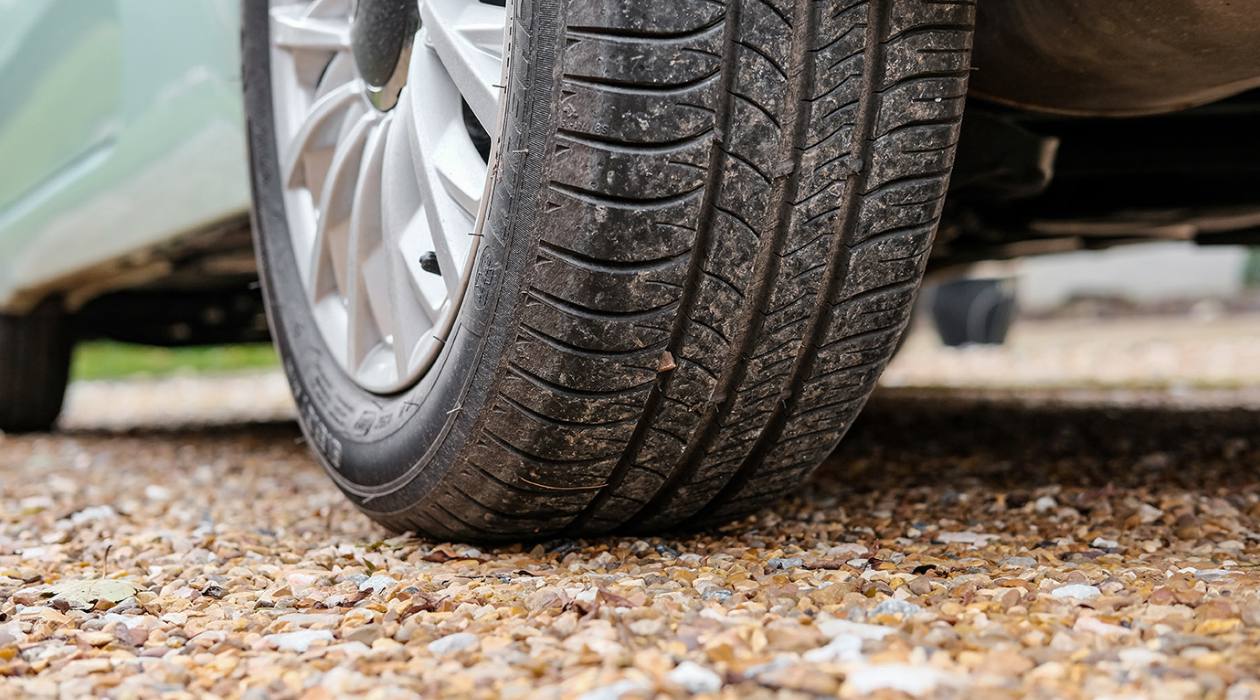
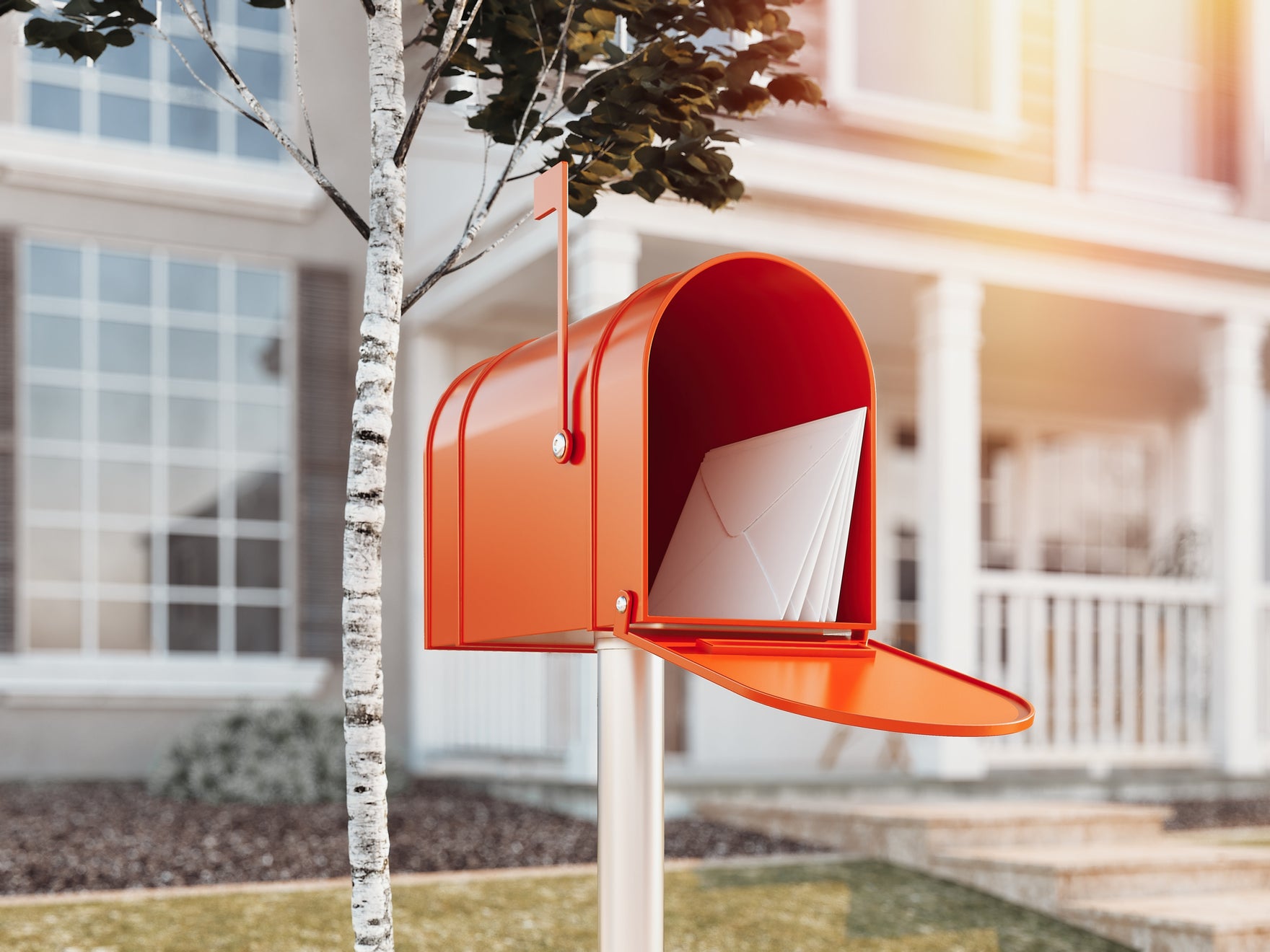

0 thoughts on “What Is An Easement Driveway”